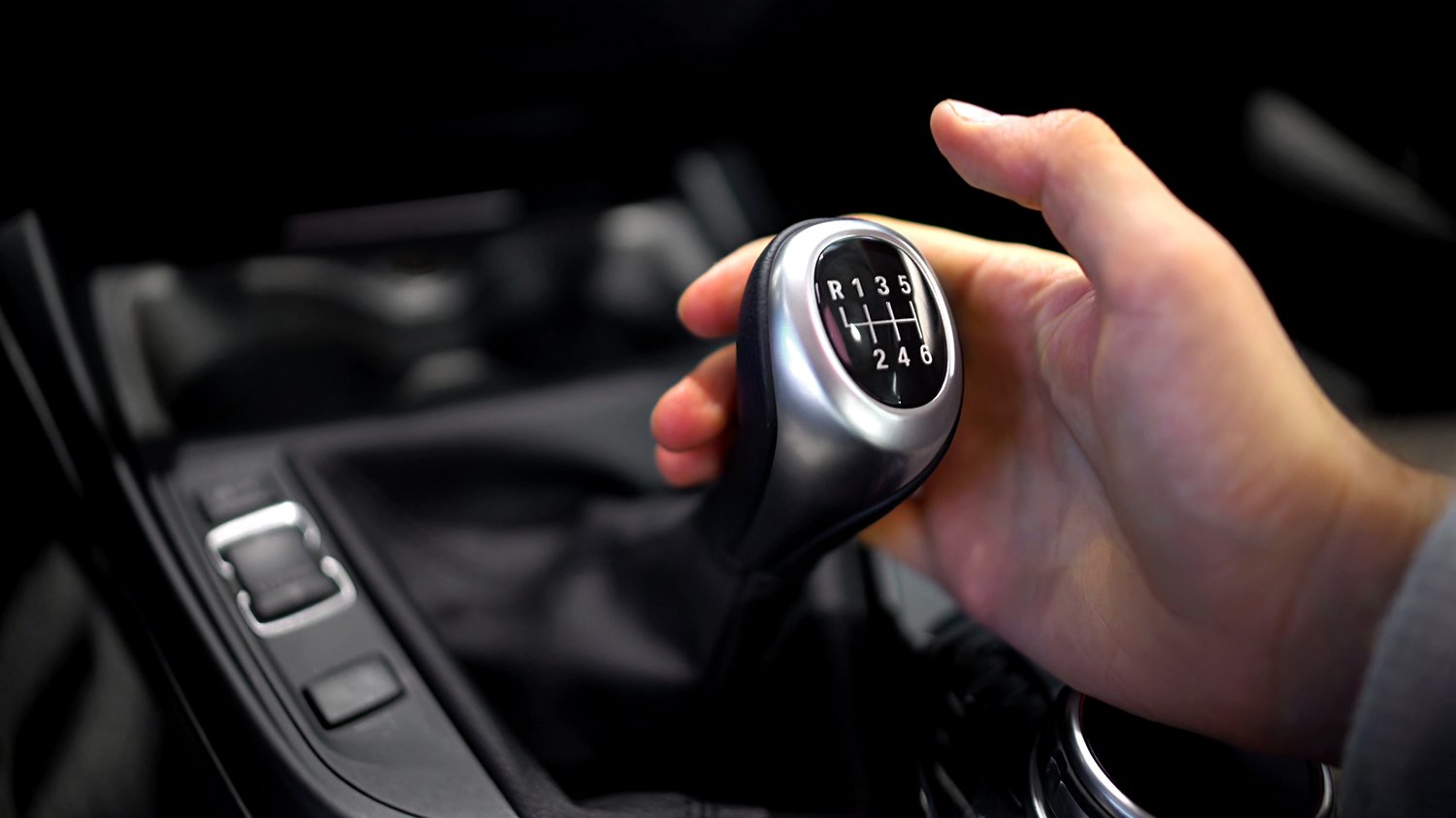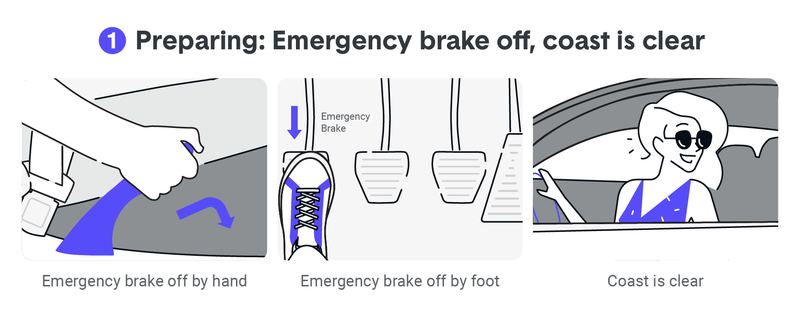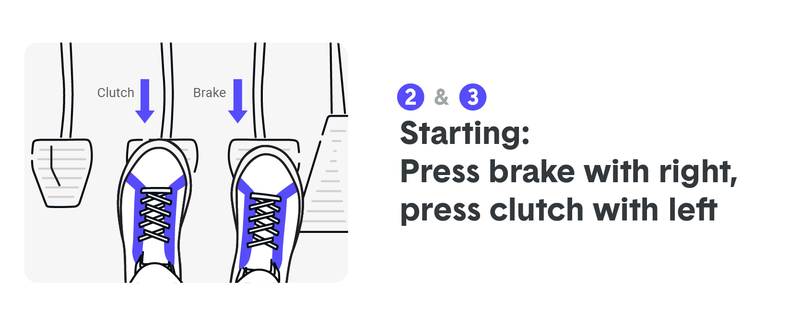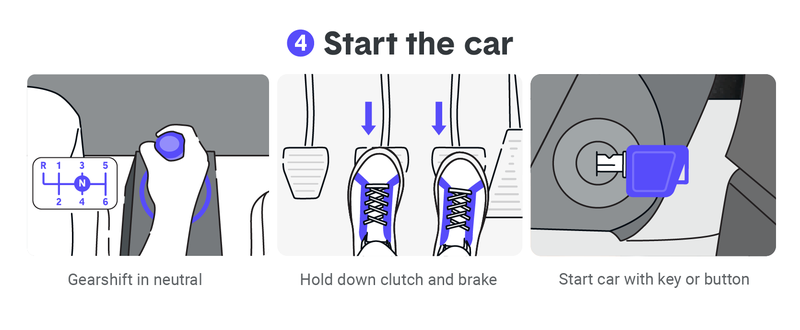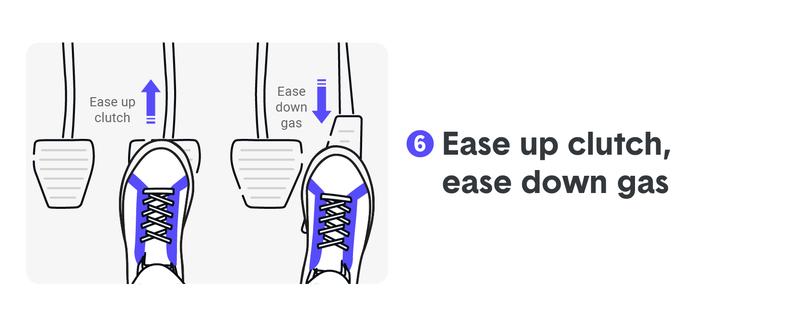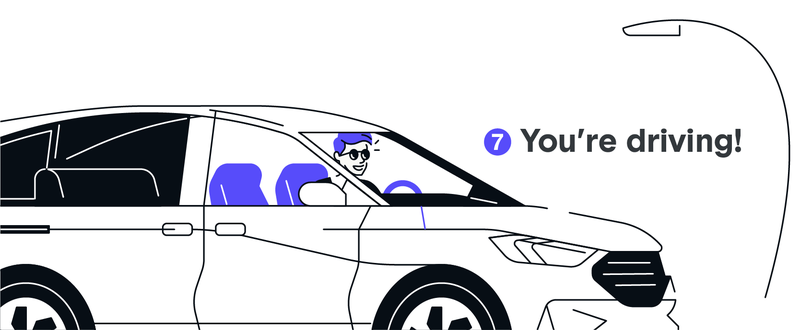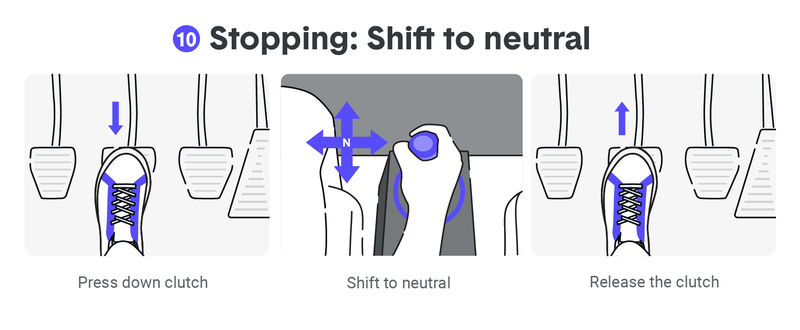How many people do you know who can drive a car with a manual transmission? Commonly called a “stick shift” (also referred to as a “standard” or a “stick” or a “manual”), the vast majority of cars used to be built with this type of transmission, where the driver uses a clutch pedal and gearshift to guide the car through all its gears. However, in America now, about 95 percent of new cars have automatic transmissions instead, making it no longer necessary to know how to coordinate clutch, gas, and gearshift maneuvers. Because of this, few Americans can drive a stick shift anymore.
In fact, in 2017, it was reported that a man in Birmingham, Alabama, stole a flatbed delivery truck and was pursued by police — but in an extremely low-speed chase because he didn’t know how to drive a stick shift! The deputy involved in the chase joked, “Thank God he couldn’t find second gear, or the pursuit could have gotten all the way up to 35 miles per hour.”
Of course, we’re not advocating vehicle theft. However, when you do find that you legitimately need this skill, nothing can replace it. There are plenty of good reasons — beyond augmenting your general competence in the world — for learning to drive a standard. At some point in your life, you’ll almost surely find that you need to drive someone else’s car, and that car may be a manual. If so, you don’t want to be stuck because you don’t know how to drive it.
Additionally, if you want to drive a semi truck or operate heavy machinery, already having mastered the art of driving a stick shift gives you a great head start. Semi trucks are just now starting to be made with automatic transmissions, and there are many models that are still manual-only. If you want to get into the business and start with a used truck, it’ll almost surely be a manual.
There are also some expensive sports cars that, to this day, are only made with manual transmissions. If you’ve been dreaming of driving certain imported cars, “driving a stick” is something you’ll need to know in order to make it happen. There are even a few regular cars left that only come in manual, though as of 2018, there were only eight of these models.
There are plenty of reasons why it’s worth the struggle to learn to “drive standard.” Even though it seems complicated, using a manual transmission is really just a matter of getting used to a specific set of steps. Here’s what you need to know to learn to drive a stick shift — and how do it well:


